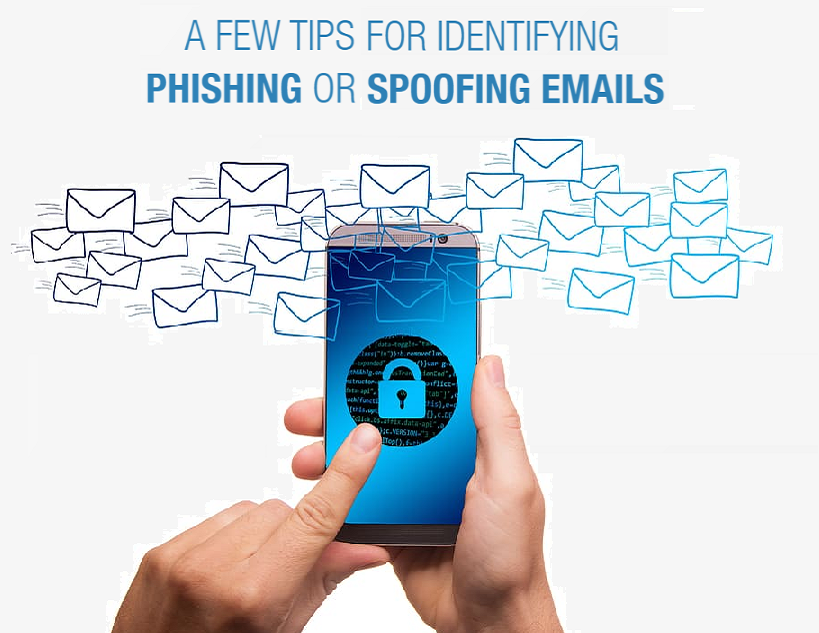
Phishing or spoofing emails which are one of the most common and dodgy modes of cybercrime that has become rampant in the transportation and logistics industry.
Types of phising emails
In this post, we present you some possible cases and how to identify and avoid them.
- There have been instances where Globalia members have reported us that they have received an email supposedly from another partner that was not actually mailed by them but by some somebody else who is using their name. These emails coming apparently from another known partner might ask you to make a payment to the new bank details provided by them. So always make sure that you verify the bank details of the agent to whom you are supposed to make a payment. You can do this easily by talking to them directly on the phone. Otherwise, your payment gets received by some cyber-criminal and you’d need to make a double payment.
- Additionally, it needs to be said that you should never give out any sensitive information via email. No legit company will send you emails where they ask for passwords, account information, credit card details and the like.
- Moreover, many emails also come with a link clicking on which can result in the installation of malware. These malwares might collapse your system as a part of the ransomware attack. It can even allow the hacker to obtain sensitive information. If the email contains suspicious links just hover your mouse over the link to check the address and in case it looks fishy do not click on it.
How to identify them
Keep reading to find out how to detect phishing emails just by looking at them.
-
Check the email domain
Sometimes, phishing emails are sent from an address which is not related to the name or sometimes the email domain is mispelled. So before clicking on any link ensure that the mail has been sent from the domain name of the sender’s company. No legit company will send you emails where they ask for passwords, account information, credit card scores and the like.
-
Legit companies will address you by your name
Most phishing emails come with generic salutations such as “Dear account holder”, “Dear Customer”, “Dear partner”.
-
Phishing emails are badly written
Poor spelling and grammar are two sings of an email scam. Emails coming from legit companies are generally well written so bad spelling and grammar can be (but not always) two indicators of a phishing scam.
-
They urge you to action
Many spoofing emails will require you to urgently click on a link which may look suspicious, prompt you to share your passwords/OTP/account information/personal details/credit card scores and the like. This way you will barely have time to consider that the email seems dubious and strange.
-
They have fishy links
If the email contains suspicious links just hover your mouse over the link to check the address and in case it looks fishy do not click on it. If you are curious just open a new tab and enter the web address instead of clinking on the link directly.
As already mentioned before, phishing emails have become a menace and many of us have been victims of similar scams. So make sure to educate all your employees about identifying these sorts of emails and in case you receive phishing emails with the name of any of our network members make sure to send us an alert!

